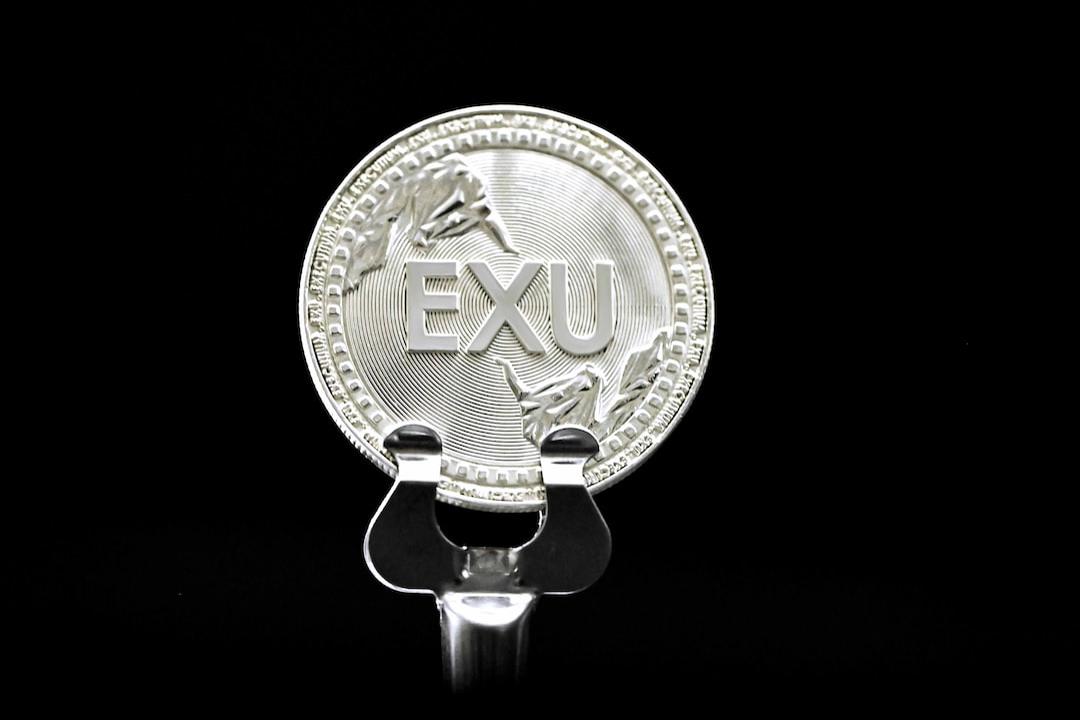The success formula for major corporations entering the Web3 market is based on the latest market reports, which predict that the global Web3 market will grow at an annual compound growth rate of over 40% in the next five years. This rapid expansion of the market has attracted the attention of many large enterprises and startups, making the competition increasingly fierce.
In the emerging field of Web3, many companies hope to get a share of this promising market. However, observations from Japan’s recent Web3 market show that not many large corporations have been able to dominate existing leaders in the Web3 verticals upon entry. Often, this is due to their neglect of their own advantages. How large corporations can leverage their existing strengths to gain a competitive edge becomes a key factor in determining their success or failure.
NTT’s Scramble Wallet: A Missed Opportunity
NTT (Nippon Telegraph and Telephone Corporation), one of Japan’s largest telecommunications companies, launched the Scramble Wallet service as it ventured into the Web3 market. However, this attempt did not achieve the expected success. Despite NTT’s massive brand influence and user base numbering in the hundreds of millions, it failed to fully utilize its existing brand recognition and customer base to promote its new product. As a result, the market penetration rate of NTT Scramble Wallet was extremely low (even less than ten thousand downloads on Google Play), far from reaching the anticipated number of users and transaction volume.
One of the main issues NTT faced when entering the Web3 market was the failure to fully integrate its strong technical and infrastructure resources. For example, NTT possesses advanced network security technology and vast data center resources, but these were not effectively applied in Scramble Wallet, leading to poor performance in terms of security and user experience. Additionally, NTT’s marketing strategy was insufficient, failing to effectively attract and convert its existing telecommunications user base.
Mercari: Capitalizing on Bitcoin Accounts
In contrast, innovating using a company’s existing assets often leads to success. For instance, Mercari topped the list for the number of new Bitcoin accounts opened last year in the Japanese market.

Founded in 2013, Mercari is an e-commerce platform headquartered in Japan, primarily offering second-hand goods trading services. Its core business is its application, which allows users to buy and sell a variety of second-hand goods. Since its inception, Mercari has quickly grown into Japan’s largest second-hand goods trading platform and went public on the Tokyo Stock Exchange in 2018, reaching a market value of several billion dollars. Mercari successfully expanded into the Web3 market by offering Bitcoin purchasing services within its app and integrating with its existing payment system, Mercari Pay, allowing users to easily purchase and use Bitcoin. This strategy successfully leveraged its existing brand and user base to expand into the Web3 market.
Specifically, Mercari added over one million new Bitcoin accounts in 2022, making it one of the fastest-growing cryptocurrency service providers in the Japanese market. This success is attributed to Mercari’s full utilization of its existing user base and brand influence, as well as the integration of its existing payment system to provide a seamless user experience.
Comprehensive Analysis
According to IDC data, global blockchain spending is expected to reach $19 billion by 2024. This growth indicates the enormous potential of the Web3 market, but it also means that competition will become even more intense. For large corporations, standing out in this market will depend on whether they can effectively utilize their existing assets and technological advantages.
The strategy for large corporations entering the Web3 market should not be limited to investing large sums of money, such as developing new wallets or blockchain technologies. Such strategies have slim chances of success against mature products like MetaMask or Phantom. Instead, innovating using existing corporate assets often leads to success. Mercari’s success story demonstrates how to achieve market expansion by integrating existing assets and technology, while the failure of NTT Scramble Wallet reminds us that without effectively utilizing existing resources and assets, it will be difficult to succeed in the competitive Web3 market.
To avoid the failure of NTT Scramble Wallet, other large corporations entering the Web3 market should consider the following strategies: First, they should fully integrate their existing technical and infrastructure resources to ensure product security and reliability. Second, they should design products that meet the needs of target users through in-depth market research and user analysis. Additionally, they should leverage their existing brand influence and marketing channels for precise market marketing to attract more potential users.
The key for large corporations entering the Web3 market lies in how they use their existing assets and resources, not just relying on financial investment. Only then can they succeed in this fiercely competitive emerging market. In the future, we look forward to seeing more large corporations smartly leveraging their advantages to create new value in the Web3 domain, bringing us more innovation and convenience.

